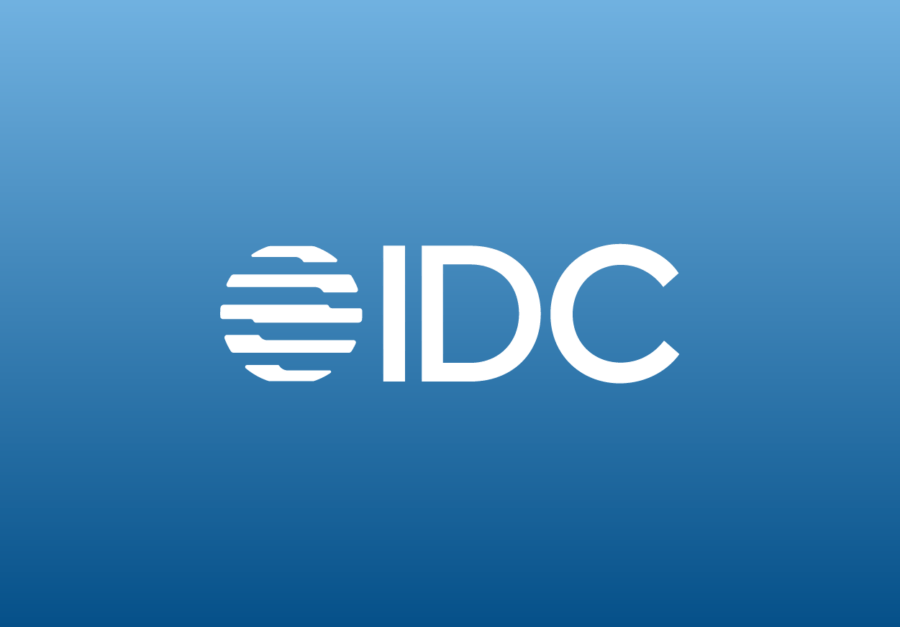Blog
How to Navigate the Shifting Landscape of Global Trade

Editor’s Note: Kyriba spoke to Deepesh Patel, Head of Marketing, at Trade Finance Global, a leading firm that specialises in alternative finance and complex funding solutions related to international trade, about some of the key trends in the dynamic world of international trade. According to Deepesh, America’s shifting trade policy is trending among international trade conversations online and has shaken-up the trading relationships and boundaries of the world’s major economies. This shift in international trade is worth noting for senior finance executives who manage cash and trade on a global scale.
Cutting Through the Complexity of a Volatile Geopolitical Climate
Changes in international trade and trade flows impact CFOs and senior finance directors’ ability to access and leverage cash. The implications of the current geopolitical climate are wide-ranging and complex, particularly for global corporations that do business in the U.S., China, Pan-Asia and Europe.
However, there are two strategies business leaders can take to position themselves for growth – mitigating risk and scenario planning.
1) Mitigating Risk
Risk mitigation involves looking at and identifying unexpected liabilities within a business plan or model. Risks can be grouped into product, manufacturing, transport, operational and financial.
Mitigating risk is normally done through business contingency planning. Looking at the different scenarios from trade wars and Brexit and undertaking a SWOT analysis to identify key areas of the business that need attention is vital. A few examples of risk mitigation outputs could include action plans to hedge currency, taking out insurance policies and looking at receivables or working capital solutions.
In order to mitigate and plan for some of these risks, it is necessary to have a solid contingency plan in place across the business. As a starting point, take a look at the geography of your suppliers, the immigration status of your employees and currencies traded within the business. What if the customs regulations change, or further tariffs are imposed between the US and China? Having a good idea of these different scenarios and having risk management or contingency plans in place is a great start for business leaders.
2) Scenario Planning
Senior finance leaders are leveraging business intelligence solutions to analyse dynamic “what if” scenarios so that they can be prepared for a number of scenarios. CFOs who manage large portfolios are able to determine how to fund successful operations and apply needed support for those that are not. In this case, they can accelerate the diverse revenue streams.
Key Issues in International Trade
US-China Trade War
The US and China trade war is creating a split in free global trade that is impacting the world economy. China, however, is shaping an alternative economy. For example, consider the $40 billion Silk Road Fund to upgrade pan-Asian infrastructure and the $100 billion Asian Infrastructure Investment Bank. Additionally, China’s major investment in African commodities and infrastructure and its participation in the $100 billion New Development Bank funding of BRICS states demonstrates the tangible progress China is making towards the vision of the Belt and Road Initiative (BRI); a world economy underpinned by Chinese investment, infrastructure and exports.
The Alternative Economy and Asia (OBOR)
For senior finance leaders, these developments in the emerging ‘alternative economy’ are crucial; it will change the supply chain, buyer-supplier relationships, availability and demand. Companies might want to bid on or tender for particular projects within Silk Road, or the credit/risk status of certain jurisdictions might change as a result of an economic boom in pan-Asian markets, so suddenly doing business in certain areas is now viable.
Furthermore, APAC and INDIA are adjusting towards this vision for world trade. The Comprehensive and Progressive Agreement for Trans-Pacific Partnership (CPTPP) has been signed after the USA’s withdrawal, with the door left open to future American participation. Given India’s global trade grew more than 16 percent in 2017-18 and its government seeks to double its exports by 2025, the pan-Asian geopolitical climate seemingly points to increasingly liberalised trade flows.
A Changing Regulatory Environment
Finally, the largest transformation within international trade could well be an event that is certain to unfold. A decade on from their previous iteration, revised Incoterms are expected to enter into force on January 1, 2020, under the ICC’s Incoterms 2020 audit. Globally accepted and used by courts and international lawyers to write international commercial transactions into contracts, at least three of the 11 three-letter codes have been mooted for withdrawal, and the most popular (FCA – about 40 percent of trade operations are labelled with it) could be divided to represent the differing transportation mechanisms underpinning these trade flows. Moreover, the inclusion of Chinese and Australian legal officials and an ICC-wide commitment to simplification should lead to simpler, more globally appropriate Incoterms. In turn, these might further facilitate an expansion, rather than a contraction, of the global rules-based trading system by offering a simpler international commercial framework to emerging markets and digital industries.
The Bottom Line
The role of a CFO or financial director in an ever-changing, more complex trading environment continues to evolve. For successful businesses, understanding the implications of global events, changes in regulation, geopolitics and competition is one thing, but acting on these changes through solid business contingency plans, being opportunistic, and diversifying revenue streams are certainly techniques for the visionaries and future thinkers within the industry you are in.









